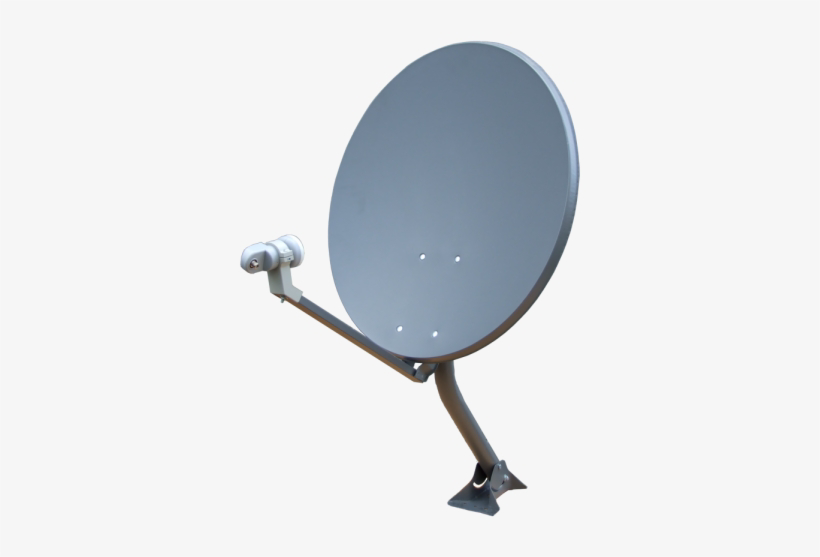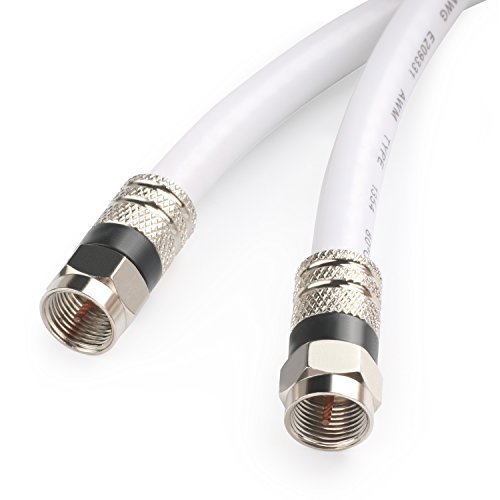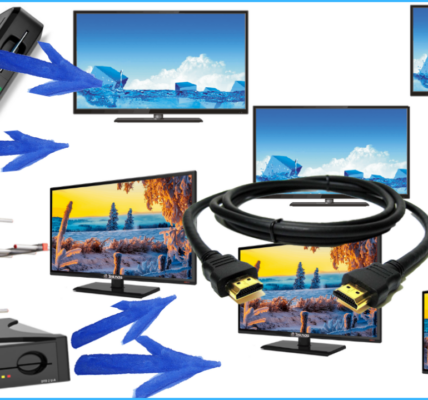No signal problem is the most common problem that every satellite or terrestrial user experience. It’s easier than you may think to solve this problem on any satellite receiver and specifically Dstv decoders, you have to associate the problem with certain things before you can possibly find the source of the problem.
With satellite receivers, since we receives the signal from the satellite dish, the dish have to be the first thing to blame whenever there’s no signal.

Since the satellite dish receives signal from the clouds, if it’s raining or there is a heavy wind blow, there will be no signal. If you are using a C-band dish and it’s raining or there’s a heavy wind blow, there will still be a stable signal. When it comes to the ku-band, the smaller satellite dish can’t stand to get a stable signal whenever it’s raining or there’s a heavy wind blow.
The satellite dish have LNB and a coaxial cable that’s carries the signal to the receiver. So the first thing you need to check is the coaxial cable at the back of the satellite receiver. Remove the cable and fix the f-connector really well before fixing it back to the LNB IN port. Make sure the pin is well fixed into the port. Now check if there is a signal.

Most decoders freezes a lot whenever there’s such error, so reboot the decoder to clear the freezing error. After rebooting and there is no positive outcome, the next thing is to check your decoder settings, if someone have changed something accidentally. But if you are living alone and you know clearly no one have change anything on your decoder you have to ignore this step.
In any decoder, to get back the right settings to add the necessary details, you have to reset the decoder to factory defaults.
THE BELOW ILLUSTRATES HOW TO SOLVE E48 – 32 NO SIGNAL PROBLEM
After checking the decoder settings and the problem is still the same, the next thing is to check the cable that is connected to the LNB on a satellite dish. That side of the cable since it’s been exposed to rain and sunshine, it’s rust more often. So remove the cable and inserts in a fresh pin.

After this and there’s no positive outcome, it’s left with two possible options where you can get your signal. LNB – Low Noise Blockdown Converter, the LNB amplifiers and at the same time lowers high-level signal waves. It’s makes the signal waves normal and send it down to the satellite receiver. The LNB doesn’t stops working more often, but the strength normally reduces. If you’re a satellite installer with an extra LNB, you have to replace the LNB to check if that’s where the problem is coming from.
Without any new LNB, you have to check the satellite dish position to get back the signal. Since you are receiving a signal from a certain angle the dish can move from its normal position where it’s getting the signal. Make sure the dish pole is still at its maximum strengths. Rotate the satellite dish to get a stable signal and tight things up.




